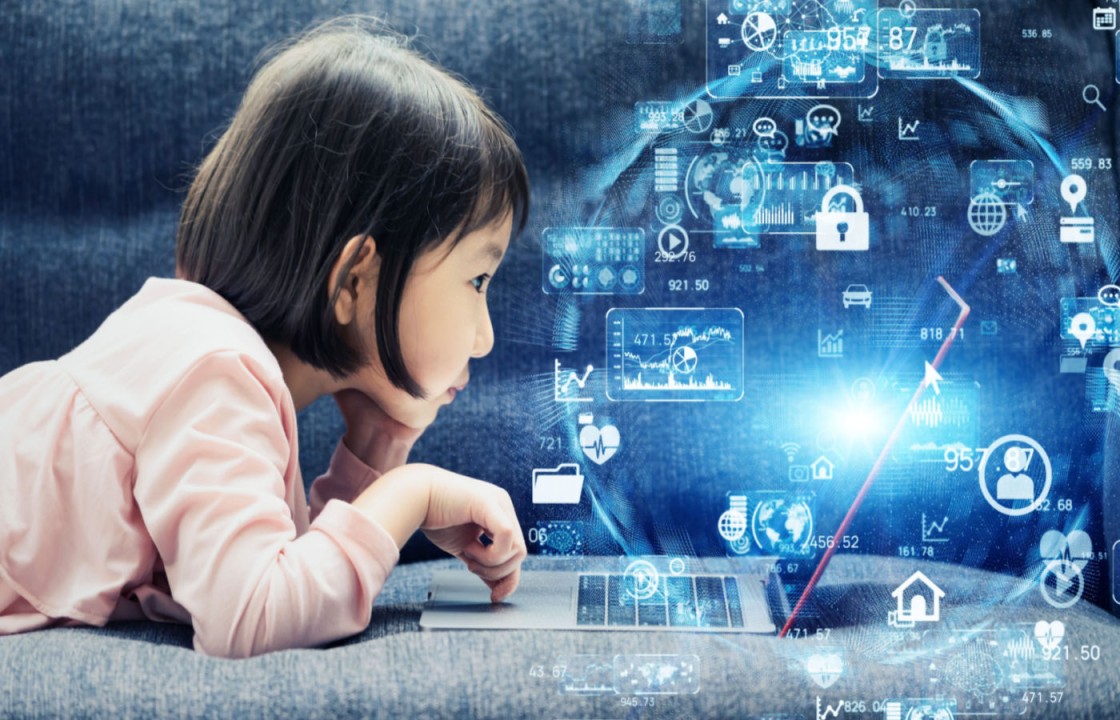Summary: The global adoption of technology is changing the way we learn and teach. Artificial Intelligence (AI) is one of the disruptive technologies to customize the learning experience for different groups of students, teachers, and tutors.
Table of Contents
AI transforms the learning experience
“Our intelligence makes us humans, and AI is a continuation of that quality.” – Yann LeCun, Professor, New York University
Artificial intelligence is a branch in science that produces and studies machines to stimulate human intelligence. AI’s main goal is to improve the speed and efficiency of routine processes (provided that it has been implemented correctly). The number of companies that adopt AI is growing worldwide.
According to Research and Markets “the analysts forecast that the Artificial Intelligence Market will grow at a rate of 47.77% between 2018-2022.”
AI tools generally adhere to 3 basic principles.
- Learning: acquiring and processing new experiences, creating new behavioral models
- Self-correction : Using the best algorithms to get the best results
- Understanding: Identifying the algorithms that will solve a particular task
AI tools offer huge opportunities for all sectors, including education. Adoption of technology appears to be the most promising way to transform an organization.
Roles Of AI In Education
The global adoption of technology is changing the way we learn and teach. Artificial Intelligence (AI) is one of the disruptive technologies that can be used to customize the learning experience for different groups of students, teachers and tutors.
Artificial Intelligence can be used to enhance study processes.
1. Personalize education
Artificial Intelligence can help identify what students know and do not know. It then creates a study plan that is tailored to each student, taking into account the gaps in their knowledge. AI can tailor studies to meet the specific needs of students, increasing their productivity.
Many companies use the Knowledge Space Theory to train their AIs in order to identify and represent knowledge gaps. They also take into consideration the complex relationships between scientific concepts (one concept can be used as a stimulus for another, or a basis for completing the gap).
2. Create Smart Content
- Digital lessons
AI can generate digital learning interfaces that are customizable, digital textbooks, study guides, bite-sized lesson, and more. - Information visualization
AI can power new ways to perceive information such as simulation, visualization, and web-based study environment. - Learning content updates
AI also helps to generate and update content, keeping it up-to-date and customized for different learning curves.
3. Contribute to Task Automation
Administrative tasks simplification : Teachers can use AI to simplify the time-consuming task of grading, responding, and assessing students.
Remember the tips Gmail gives you when you compose messages based on your recent and previous messages, plus the essentials of business vocabulary? This would be a great option for any Learning Management System, or Learning Platform that is imagining the feedback.
By delegating routine tasks to AI, teachers can focus on more important things: self-education, improving the quality of lessons, or grading assignments that are impossible to delegate.
4. Do Tutoring
Personal study programs are constantly evolving to take into consideration the gaps that students need to fill in their individual lessons. Students who receive personal tutoring outside the classroom are able to keep up and their parents do not have to struggle to explain algebra to them. AI tutors save teachers time by not having to explain difficult topics to their students. Students can ask for help without being embarrassed if they use AI-powered chatbots and AI virtual personal assistants.
5. Students with special needs can access education
AI technology can be used to interact with students who have learning disabilities. AI allows students with special educational needs to access education: the deaf, hard-of-hearing, visually impaired and people with autism spectrum disorder.
Artificial intelligence tools can be trained to assist any group of students who have special needs.
AI Benefits for Students
Learn 24/7
Students can always access learning with AI assistants based online. Students can plan their days without having to be tied to a particular place. They can study anywhere and at any time. They can plan their schedule around their most productive times.
Better Engagement
AI allows students to receive a personal approach, which includes personalized schedules, customized tasks, digital technology interaction, and recommendations tailored to them. A personal approach also makes students feel more special and increases their interest in studying.
Reduced Pressure
Students can stop comparing themselves to other students when they tailor their lessons to meet the specific needs of each group. A student would have had to ask a teacher in front of all the students for help before. It’s now enough to ask a question using a virtual assistant.
AI tools allow for personal growth, which reduces pressure in the classroom. Less stress means more motivation to study.
How to Start Implementing AI
These steps will help plan your project if you are considering AI to customize the learning experience.
- AI technology to identify your needs
It is important to identify the problems that this technology can solve before implementing it. Research the AI options to optimize the processes and identify the bottlenecks in the system. - AI Transformation: What are the strategic goals for your organization?
Decide if you are a follower or an early adopter. What technologies are best suited to your business? What are the AI disadvantages? How will you address them and what is your plan to do so? What business goals should AI contribute to? You should create a cost-benefit study for AI automation and augmentation based on the answers to these questions. - The right mix of talent, culture and technology
You should choose the right team for AI adoption, but you also need to create an environment that is driven by analytical insights with a focus on making actionable decisions at all levels of your organization. - Intelligent ways to control AI transformation
It’s crucial to create an environment where humans and AI can work together. This requires transparency in the processes and a constant awareness of the metrics and key considerations for AI adoption. Depending on your organization’s unique characteristics and the type of AI you have implemented, determine the performance indicators that should be tracked, the security concerns that need to be controlled, and the technical ecosystems needed to support.
AI Makes Personalized Learning Possible
You know that personalization is all around you if you keep up with global trends. AI’s main advantage is that it can be trained to do a wide range of tasks. This allows for a more personalized approach to learning. It is a universal solution for educators and learners to have a set tools that are tailored to their specific needs. This will optimize their routines, increase efficiency and accessibility, and scale processes.




